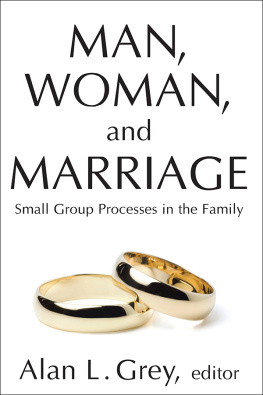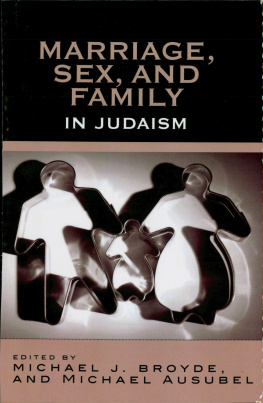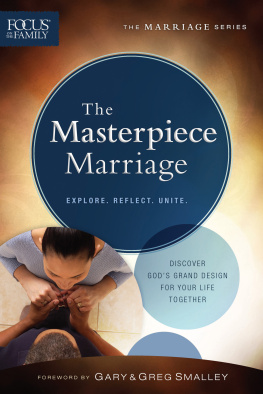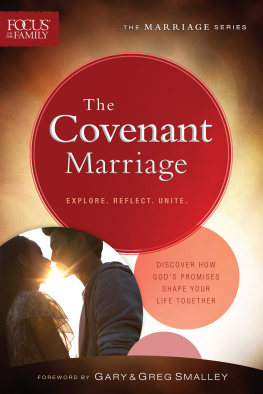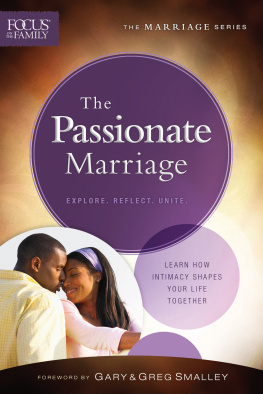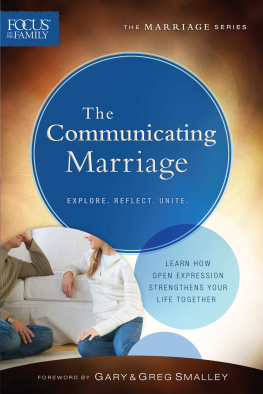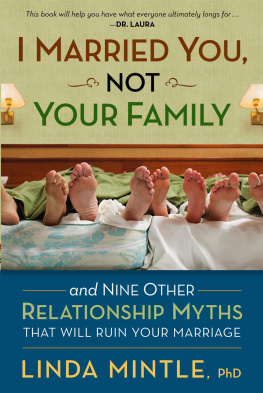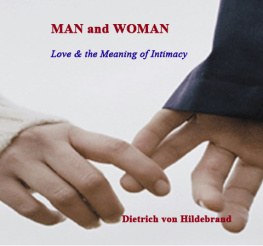Alan L. Grey
Key Issues
Why marry? Some ponder that question because of avant-garde views about the relations between the sexes or, from a very different moral standpoint, because they are drawn to a cloistered religious life. But most continue to accept the institution of marriage for themselves despite the considerable flux in other contemporary social institutions. And, for such people, the image of a happy family endures as more than merely an incidental goal. Sociologists report that increasingly the home is regarded as a major source of the happiness and emotional security we seek (see, for example, Potter, 1954). This would seem to provide a strong impetus for the study of marital lifeto tease out the secrets of matrimonial success.
Actually, marriage has not been given attention in the relevant social sciences proportional to the apparent general interest in the topic. True, the first paper in the present collection is addressed to a problem rather like Whom shall I marry? (Winch, Ktsanes, and Ktsanes, 1954), and so are a number of other essays cited in our bibliography. On the other hand, studies of details of daily interaction after marriage are relatively recent and still quite meager. For all too long, the focus of much family research has been sadly parallel to that of the standard movie scenario. It provides close-ups of the boy, of the girl, and of their courtship but fades out without a portrayal of their life together after the nuptials.
Our collection gives evidence, however, that certain promising developments in the past few years have been directed at correcting the deficiency. These are not practical investigations, and they do not tackle problems of the order of How can I be a good partner to my spouse? Usually, attention is on more theoretical issues and even here, it hardly can be claimed that there has been a smooth and consistent accumulation of knowledge. Far more often than they arrive at answers, the experts have had to content themselves with reformulations of their questions. Still there is a continuity and even some encouraging progress in the debate itself. So we focus here on the central controversies in the study of husband-wife interaction and decline pretensions to final wisdom.
This objective is not completely modest. By following the living edge of research effort, the intention is to achieve a deeper comprehension of basic issues than is available from textbook summaries alone. To help the unfamiliar reader on his journey, this introductory essay reviews key facts and ideas relevant to the selected papers that follow. The studies themselves are linked to each other not only in subject matter but in their progressive exploration of what might be called the psychosocial aspects of marriage.
The term psychosocial was coined to indicate an orientation that cuts across conventional disciplinary boundaries, raising issues provocative to a heterogeneous range of specialists. Clinical psychologists, sociologists, anthropologists, and social psychologists are among those whose interests often converge in the exploration of marriage. To come somewhat closer to defining the area, psychosocial research studies aspects of human behavior not readily explained in terms of social usages alone, nor yet as purely intrapsychic needs and processes. Family relationships, for instance, are affected in part by the social circumstances to which the members must adapt, in part by the specific roles expected of husbands, wives, and children, and in part by their individual needs and characters. With so many variables inevitably influencing the situation, it has seemed wise to limit our inquiry somewhat, confining the selection of papers to the American scene.
The central theme linking the essays is one that runs through much of social science. It is the quest for better descriptions of the actual and immediate processes by which the several participants in a social fieldin this case, the familyaffect one another. It must be granted that this statement of the task still is not sufficiently sharp to define a focus for a research project. The fact is that while all of the reprinted papers pursue the same issue, they do not seek their answers via the same single question. As knowledge has accumulated it has suggested new frames of inquiry. Just how one question has grown out of another will become more evident via perusal of the succession of studies to follow. The questions themselves might be summarized in these terms:
In seeking a mate, is one attracted to a person with similar personality characteristics or to one with complementary characteristics?
Can different types of families be identified, each with its own pattern of husband-wife interaction?
How is the response style of a given family member affected by the presence or absence of other members?
A fourth concern relevant to all of these ways of framing the central issue is:
4. What methods are best suited to the investigation of the foregoing questions?
Having outlined the field of inquiry here, the next three introductory sections will survey work done prior to 1954, the publication year of our first selection (). First there is a review of earlier theories of social interaction, followed by hypotheses specific to mate selection, and then by typical research approaches in these matters. Afterward, the introduction continues with a separate commentary on each study reprinted in this volume. The discussion of each individual paper can be identified by its heading, which provides a capsule statement of the theme in the paper most relevant to the main thread of our exposition.

